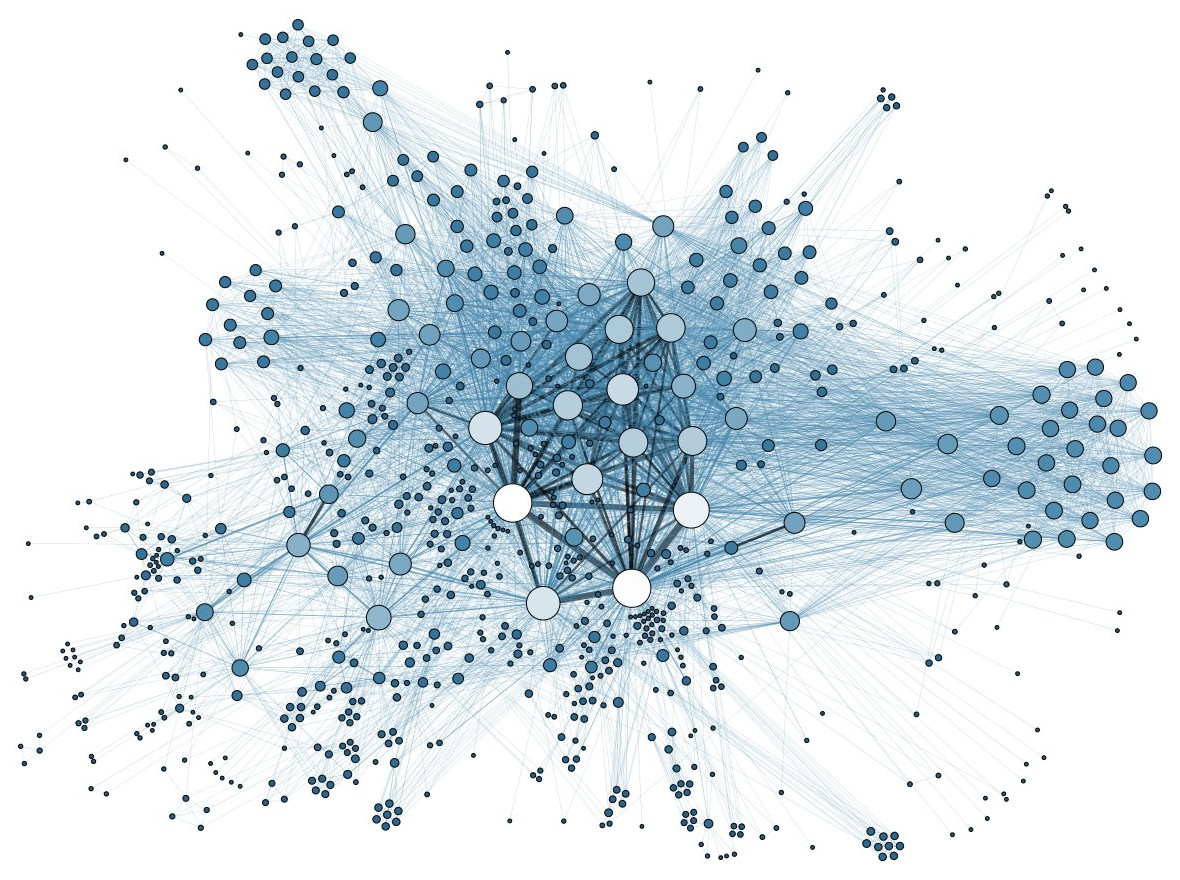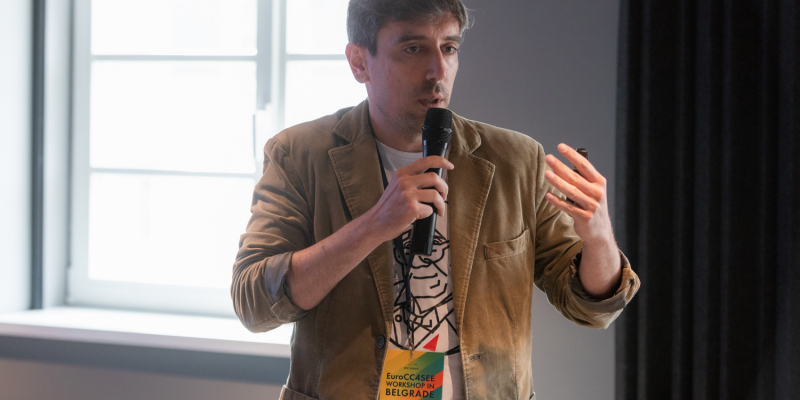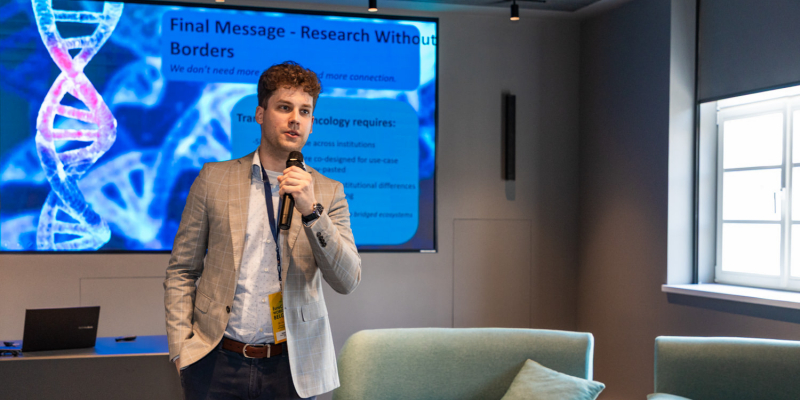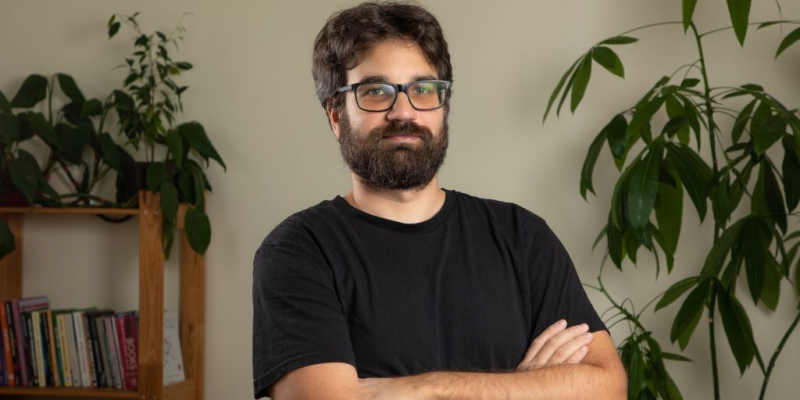Complex systems are ubiquitous and can be found in various domains of physics, biology, and social sciences. Although they differ in origin and function, they share a common feature that they consist of a large number of interacting units, which exhibit collective behavior due to these interactions. Complex networks provide a general framework for representing interaction patterns in complex systems. The structure of a complex network and its evolution are inevitably linked to the dynamics and function of a complex system. Detecting collective phenomena and understanding how they emerge from individual interactions is a critical area of research. Complexity science provides new ways to explore complex systems. It combines tools, methods, and paradigms of statistical and computational physics, complex network theory, and computer science to describe and study different collective phenomena quantitatively. In addition, it proposes theoretical models that enhance our understanding of the mechanisms underlying dynamics and drive the evolution of complex networks. Dr. Ana Vranić recently defended her PhD thesis on simulating the evolution of complex networks at the University of Belgrade. We asked her to explain how she uses supercomputers in her work for HPC Serbia.
Ana highlighted that social networks like Facebook and Twitter have over a million users which makes it necessary to use supercomputers for analyzing such vast amounts of data. Ordinary computers are not sufficient to answer some of the research questions related to these large social systems. Ana explained, "Our focus is on studying social systems, their structure, and dynamics. We examine how people organize themselves, what factors influence trust between individuals, and even the factors contributing to misinformation spread. Performing live social experiments with large groups can be challenging. Hence, simulations help us create various controllable conditions in our live experiments". Recent pandemic has shown us the importance of research and the right strategies to tackle such global crises. Ana explained how a supercomputer was used to simulate the spread of the pandemic in scenarios where people were either vaccinated or wearing masks. This enabled researchers to answer important questions and develop effective strategies for society as a whole.
 Image credit:
Image credit: 


